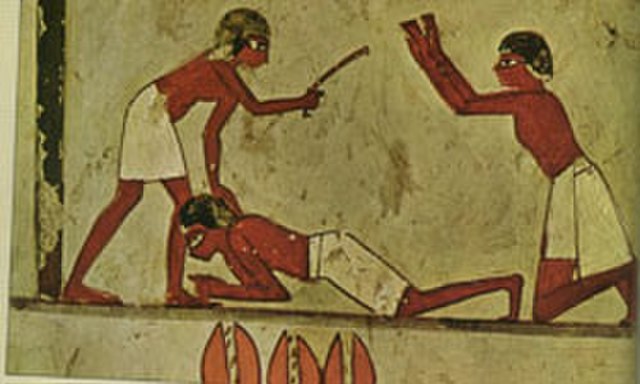Upper Class in modern societies is the social class composed of people who hold the highest social status, usually are the wealthiest members of class society, and wield the greatest political power. According to this view, the upper class is generally distinguished by immense wealth which is passed on from generation to generation. Prior to the 20th century, the emphasis was on aristocracy, which emphasized generations of inherited noble status, not just recent wealth.
Portrait of the family Fagoga Arozqueta, about 1730. Painter unknown. The family was part of the upper class in Mexico City, New Spain.
Ball in colonial Chile by Pedro Subercaseaux. In Spain's American colonies, the upper classes were made up of Europeans and American born Spaniards and were heavily influenced by European trends.
The upmarket Harrods department store in London, 1909
First edition dust cover of Edith Wharton's 1920 Pulitzer Prize-winning novel The Age of Innocence, a story set in upper-class New York City in the 1870s
A social class or social stratum is a grouping of people into a set of hierarchical social categories, the most common being the working class, middle class, and upper class. Membership of a social class can for example be dependent on education, wealth, occupation, income, and belonging to a particular subculture or social network.
Slave beating in ancient Egypt
Burmese nobles and servants
Nigerian warriors armed with spears in the retinue of a mounted war chief. The Earth and Its Inhabitants, 1892
A symbolic image of three orders of feudal society in Europe prior to the French Revolution, which shows the rural third estate carrying the clergy and the nobility








